Introduction:
Creating valuable and engaging content is essential, but without proper optimization, your blog posts may not reach their full potential in search engine rankings. In this comprehensive guide, we will explore the strategies and techniques to optimize your blog posts for Search Engine Optimization (SEO), ensuring increased visibility, higher rankings, and better organic traffic.
I. Keyword Research: The Foundation of SEO Optimization
Start by conducting thorough keyword research to identify the terms and phrases your target audience is searching for. Utilize tools like Google Keyword Planner, SEMrush, or Ahrefs to discover relevant keywords with high search volume. Choose primary and secondary keywords that align with your content.
II. Title Optimization: Crafting Compelling and SEO-Friendly Headlines
Your blog post’s title is the first thing users and search engines notice. Craft compelling and SEO-friendly headlines that include your primary keyword. Aim for titles that are both attention-grabbing for readers and relevant to search engines.
III. Meta Description: Summarizing Content for Click-Worthiness
Write a concise and compelling meta description that summarizes the content of your blog post. Include relevant keywords and entice users to click through by highlighting the value they will gain from reading your post. A well-crafted meta description can improve click-through rates.
IV. URL Structure: Keep It Simple and Keyword-Rich
Optimize your blog post’s URL structure by keeping it simple, readable, and incorporating your target keyword. Avoid long strings of numbers or symbols. A clean and keyword-rich URL enhances both user experience and search engine understanding of your content.
V. Heading Tags (H1, H2, H3): Organizing Content Hierarchically
Use heading tags (H1, H2, H3, etc.) to structure your content hierarchically. The H1 tag typically represents the main title of your blog post, while H2 and H3 tags organize subheadings. This not only improves readability but also helps search engines understand the structure and hierarchy of your content.
VI. Image Optimization: Enhancing Visual Appeal and SEO
Optimize images by using descriptive file names and adding alt text. Alt text provides context to search engines about the content of the image. Compress images to improve page load speed, a factor considered by search engines in ranking algorithms.
VII. Internal and External Linking: Boosting Page Authority
Incorporate internal links to other relevant pages on your website to enhance navigation and distribute page authority. Additionally, include external links to reputable sources, adding credibility to your content. Both internal and external linking contribute to improved SEO.
VIII. Quality Content: The Core of SEO Success
While optimization is crucial, quality content remains the foundation of SEO success. Create comprehensive, informative, and engaging content that addresses the needs of your audience. Search engines prioritize content that provides value to users.
Conclusion:
Optimizing your blog posts for SEO involves a multifaceted approach, from keyword research and title optimization to URL structure, heading tags, image optimization, and the creation of quality content. By implementing these strategies, you not only improve the visibility and ranking of your blog posts but also enhance the overall user experience. Remember, the key to successful SEO is a balance between optimization and valuable, user-focused content.

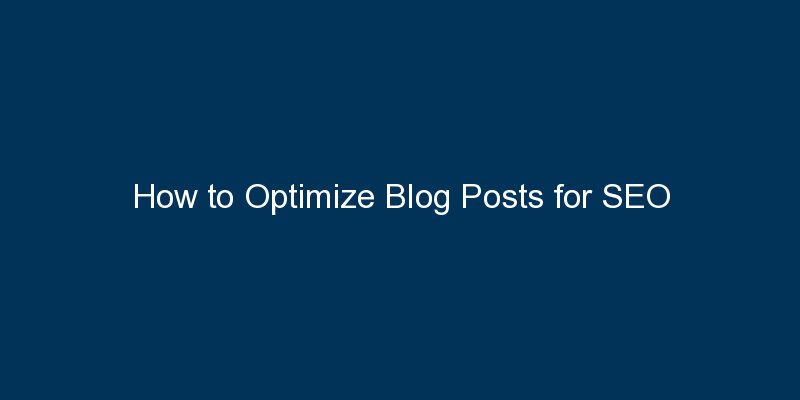


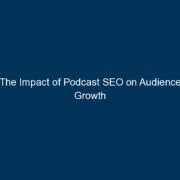

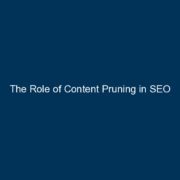


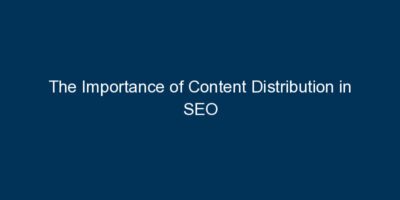
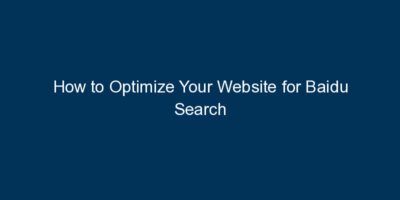
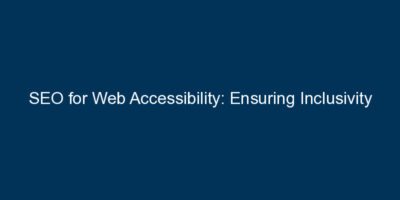

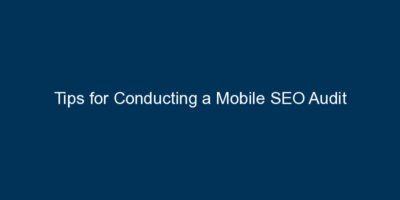









Comments